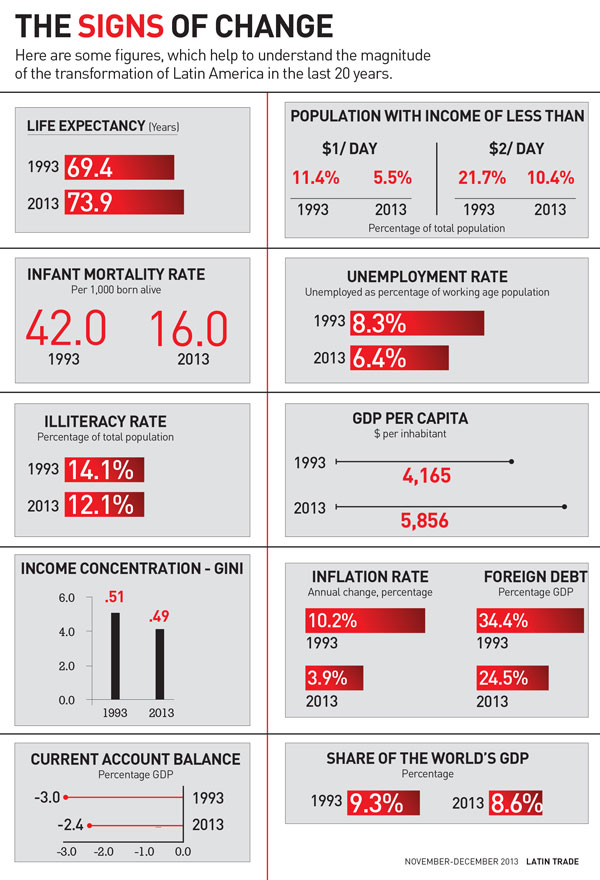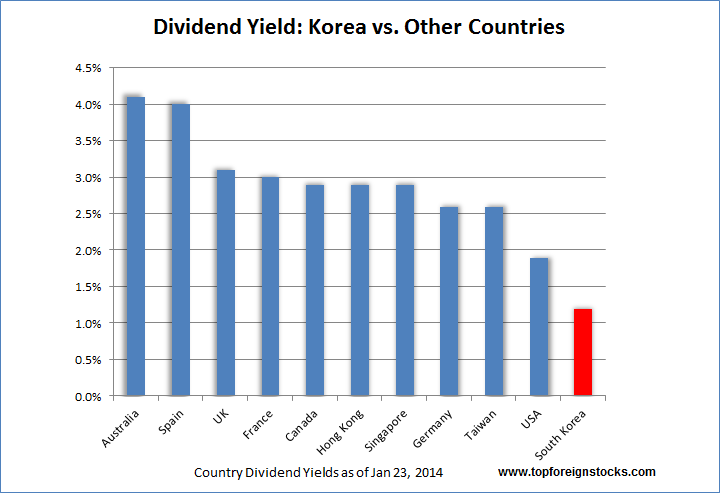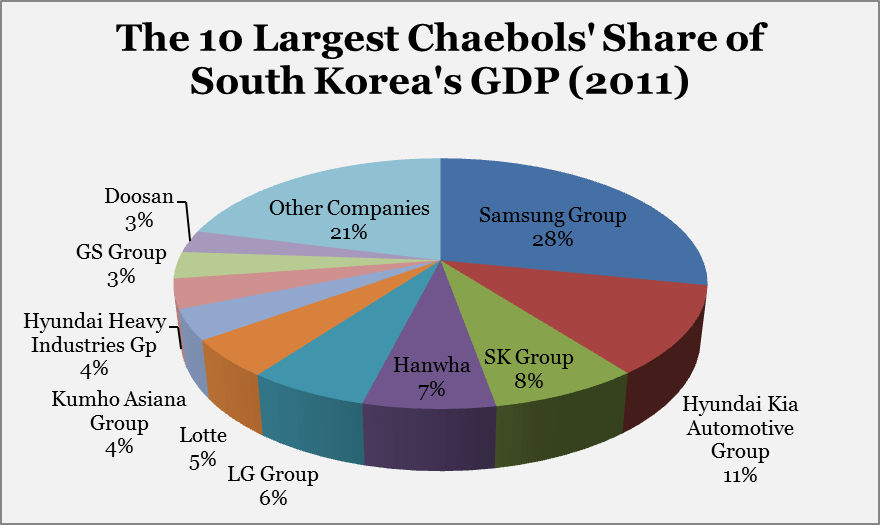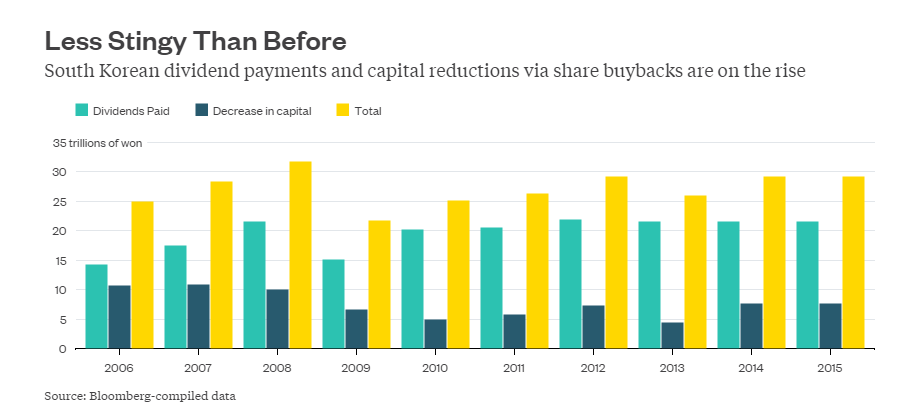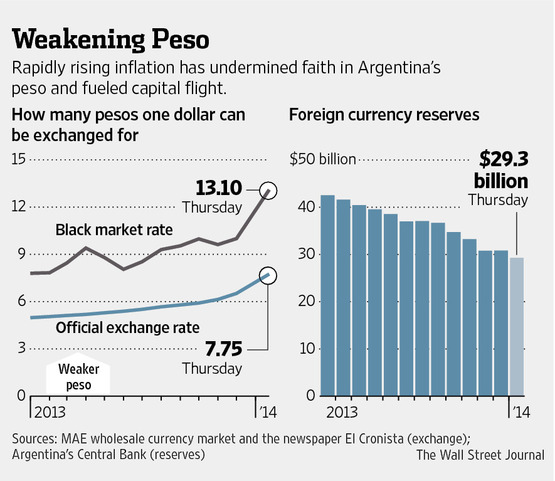Latin American countries have made substantial progress over the past two decades or so. For the most part Brazil and other countries used their wealth from commodity exports to improve infrastructure, uplift their population out of poverty and other social causes.
The infographic below shows the transformation of Latin America as a whole over the past 20 years using select factors:
Click to enlarge
Source: Latin Trade
